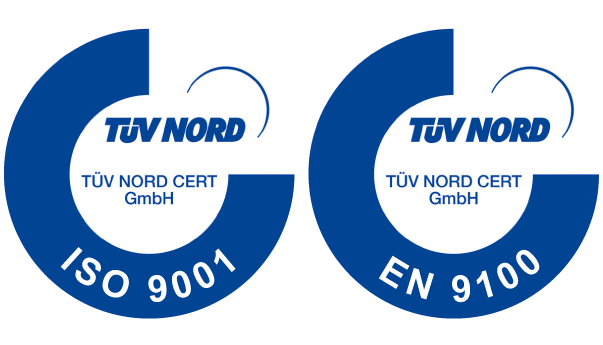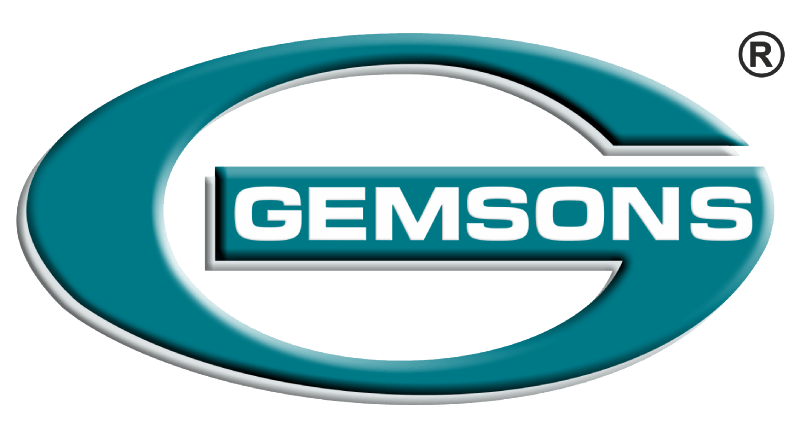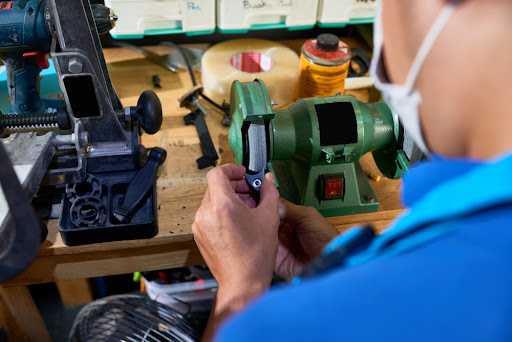Table Of Content
- Understanding CNC: The Foundation of Precision Machining
- How Does CNC Precision Machining Work?
- Transformed by CNC Precision Machining
- The Future of CNC Precision Machining
- Related Topics
In the intricate world of modern manufacturing, CNC precision machining<Industries/strong> stands as a pillar of excellence, offering unrivalled precision, efficiency, and versatility. If you’ve ever wondered what CNC precision machining is and how it works, you’re in the right place. Join us on a journey into the heart of this cutting-edge technology and discover how it revolutionises industries worldwide.
Understanding CNC: The Foundation of Precision Machining
What is CNC Precision Machining?
CNC, which stands for Computer Numerical Control, is a technological marvel that has transformed the manufacturing landscape. It involves the use of computer programs to control the operation of machining tools and 3D printers with exceptional precision and consistency. These machines are used to craft intricate components, parts, and prototypes across various industries.
The Birth of Precision Engineering
The roots of CNC precision machining can be traced back to the early 1950s when the need for automated machining processes became evident. Traditional manual machining was time-consuming and often led to human errors, limiting the intricacy of parts that could be produced. CNC machining emerged as a solution, empowering manufacturers to achieve unparalleled precision and efficiency.
How Does CNC Precision Machining Work?
The Role of CAD (Computer-Aided Design)
At the core of CNC precision machining lies Computer-Aided Design (CAD). Engineers and designers create 3D digital models of the desired component using specialised software. These models serve as the blueprint for the machining process, detailing every dimension and intricate feature.
Translation to G-code
Once the CAD model is complete, it’s translated into a language understood by CNC machines—G-code. This code contains a series of commands that guide the machine’s movements, specifying tool paths, cutting speeds, and other crucial parameters.
CNC Machine Setup
Before machining begins, the CNC machine must be set up with the necessary tools and materials. This includes securing the workpiece in place and loading the appropriate cutting tools, such as end mills, drills, or lathes.
Precision in Action
With the setup complete, the CNC machine comes to life. It meticulously follows the G-code instructions, precisely removing material from the workpiece. The level of precision achieved is unparalleled, with tolerances often measured in micrometres. This precision is vital for industries where even the slightest deviation can result in catastrophic consequences, such as aerospace and medical device manufacturing.
Continuous Monitoring
During the machining process, sensors and monitoring systems are in place to ensure everything proceeds as planned. If any discrepancies or anomalies are detected, the CNC machine can make real-time adjustments to maintain the desired accuracy.
Post-Processing and Quality Control
Once machining is complete, the finished part undergoes post-processing, which may include cleaning, deburring, and surface finishing. Quality control checks are performed to verify that the component meets the specified tolerances and requirements.
Industries Transformed by CNC Precision Machining
Aerospace and Aviation
In the aerospace industry, where safety and precision are paramount, CNC precision machining plays a pivotal role. It is used to manufacture critical components for aircraft, spacecraft, and propulsion systems. From turbine blades to complex structural components, CNC machining ensures the highest level of reliability and performance.
Medical Devices
In the medical field, precision is a matter of life and death. CNC machining is employed to create intricate surgical instruments, implants, and prosthetics with exacting precision. Patients benefit from the reliability and consistency of CNC-manufactured medical devices.
Automotive Engineering
The automotive industry relies on CNC precision machining for producing engine components, transmission parts, and complex chassis components. This technology enables automakers to enhance fuel efficiency, safety, and overall vehicle performance.
Electronics Manufacturing
The electronics industry demands precision at the micro-scale. CNC machining is used to create intricate printed circuit boards (PCBs), ensuring the reliable performance of electronic devices we use daily.
The Future of CNC Precision Machining
As technology advances, CNC precision machining continues to evolve. Innovations such as 5-axis machining and real-time data analytics are pushing the boundaries of what’s possible. These developments promise even greater precision, efficiency, and adaptability, making CNC machining a cornerstone of modern manufacturing.
In conclusion, CNC precision machining is a testament to human ingenuity and technological progress. Its ability to transform raw materials into intricate, precise components has reshaped industries and propelled innovation. With a commitment to quality and the relentless pursuit of perfection, CNC precision machining stands as a symbol of excellence in the world of manufacturing.
Are you looking for precision engineering solutions that exceed your expectations? You are at the right place! With decades of experience and a commitment to innovation, Gemsons is your trusted partner for CNC precision machining. Explore our cutting-edge capabilities and unlock a world of precision engineering excellence. Your vision, our expertise—let’s create perfection together!
Related Topics
Get The Complete Introduction Of CNC Machine and Its Parts
What are the main CNC milling parts that can be produced in CNC precision machining?



Recent Comments